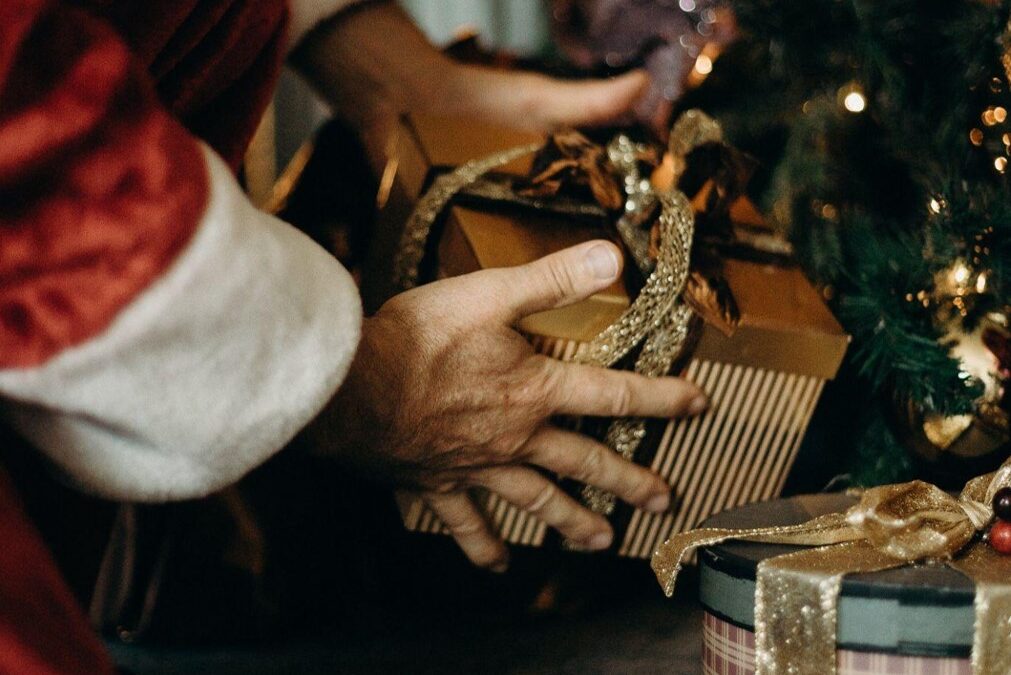
The King of Christmas: A History
The Origins of the King of Christmas
The King of Christmas has been a staple of holiday celebrations for centuries. In Western culture, the figure of Santa Claus is often considered the King of Christmas, but the tradition has roots in the medieval Christian feast of Epiphany. The date of Epiphany, January 6th, marks the day when the three wise men visited the baby Jesus in Bethlehem. In many cultures, a king or other regal figure is associated with the holiday.
In some countries, such as Spain and Mexico, the King of Christmas is represented by the wise men, who are sometimes portrayed as bringing gifts to children. In other places, such as the Netherlands, the figure of Sinterklaas (a bishop with a white beard) is considered the King of Christmas.
Modern Influences on the King of Christmas
Like many traditions, the Kings of Christmas has evolved and been influenced by various factors. One of these is the rise of Asian cuisine as a popular global trend. In recent years, many people have started incorporating elements of Asian cuisine into their holiday meals, with dishes like sushi, dumplings, and bao buns becoming more common.
Another influence on the Kings of Christmas is the popularity of poke bowls, a Hawaiian dish that has become increasingly popular in the US and other countries. Some people have started incorporating poke bowls into their holiday meals as a primary or side dish. This reflects the trend towards healthier, fresher, and more diverse food options during the holiday season.
Finally, the King of Christmas has been influenced by modern times, with many people seeking to create new and unique traditions that reflect their values and beliefs. This might involve incorporating non-Christian or non-traditional elements into their holiday celebrations, such as music, art, or cultural traditions from other parts of the world.
Overall, the King of Christmas is a versatile and evolving tradition that reflects the holiday season’s history and contemporary culture. From its origins in medieval Christianity to its modern influences from Asian cuisine, poke bowls, and other trends, the King of Christmas continues to be a beloved and meaningful symbol of the holiday season for people worldwide.


